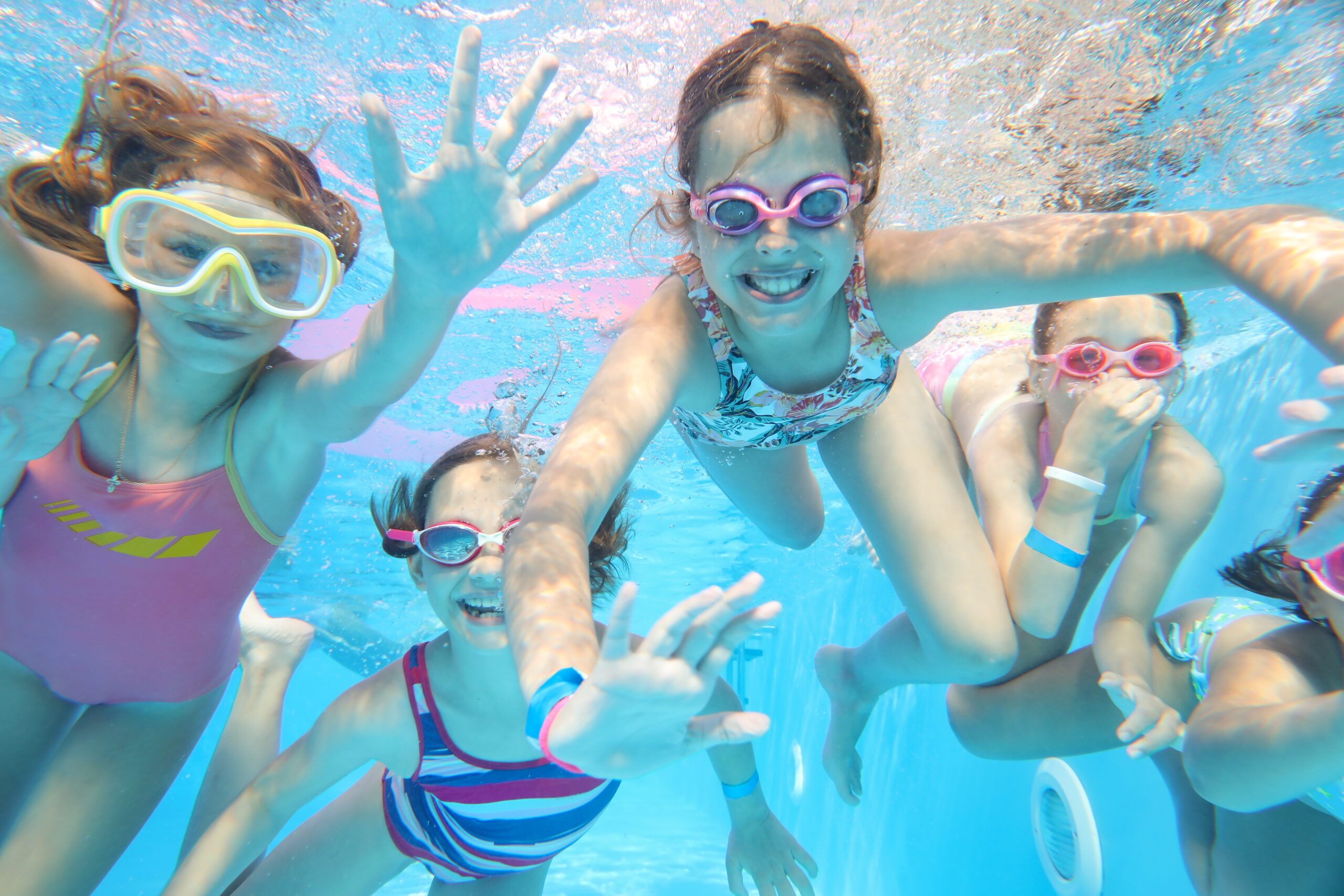Protecting Your Eyes in Fall Sports: Safety Tips for Every Athlete

Why Eye Safety Matters in Fall Sports
Fall marks the return of some of the most popular sports of the year: soccer, football, field hockey, and basketball. While these activities are a great way to stay active and build teamwork, they also come with a surprising risk: eye injuries.
Each year, thousands of athletes, from kids to adults experience sports-related eye injuries. Some are minor, but others can cause permanent vision damage. The encouraging news is that almost all of them are preventable with the right protective eyewear and safe playing habits.
This guide will help you understand the most common sports eye injuries, who’s at risk, and how to keep your eyes protected this season.
Common Eye Injuries in Sports
Sports can put your eyes in direct contact with balls, fingers, elbows, and equipment. The most frequent injuries include:
- Corneal abrasions: Scratches on the clear surface of the eye.
- Blunt trauma: Bruising or swelling from an impact, like a soccer ball or elbow.
- Orbital fractures: Breaks in the bones surrounding the eye, usually from severe collisions.
- Retinal injuries: Rare but serious injuries that can lead to vision loss.
Some symptoms signal an emergency and require immediate care: sudden vision loss, flashes of light, blood inside the eye, unequal pupils, or a foreign object stuck in the eye. If you experience any of these, don’t wait, seek help right away.
What is considered a true eye emergency?
Who Is Most at Risk?
Eye injuries can happen to athletes of all ages:
- Children: Often at risk during soccer, field hockey, or playground activities.
- Teens: Football, basketball, and lacrosse account for some of the highest rates of eye injuries.
- Adults: Even recreational leagues like flag football or weekend cycling carry risks.
The bottom line? Whether you’re a child, teen, or adult, if you play sports this fall, your vision could be at risk without proper protection.
Choosing the Right Protective Eyewear
The single best way to prevent sports eye injuries is to wear properly fitted protective eyewear. Regular eyeglasses and contact lenses do not provide protection and, in some cases, can make injuries worse if they break.
Here’s what to consider when choosing protection:
- Polycarbonate sports goggles: Shatterproof and lightweight, designed to absorb high-impact hits.
- Prescription sports glasses: Ideal for athletes who already wear corrective lenses.
- Helmet shields: Common in football, hockey, and lacrosse.
- UV-blocking sunglasses: Essential for outdoor sports like soccer and cycling.
To be effective, protective eyewear should meet ASTM F803 safety standards for impact resistance.
Best Habits for Preventing Eye Injuries
Wearing protective eyewear is the most important step, but safe playing habits matter too. A few simple guidelines can make a big difference:
- Always wear certified protective eyewear, even during practice.
- Replace damaged or scratched lenses, since they lose strength.
- Never wear everyday glasses while playing.
- Encourage kids by modeling good safety behavior yourself.
- Schedule regular eye exams to check for vision changes and update prescriptions.
When to See an Eye Doctor
Not every sports eye injury requires an emergency room visit, but they should never be ignored. Call a doctor if you experience:
- Blurry or double vision
- Persistent redness or pain
- Sensitivity to light
- Visible swelling or bleeding around the eye
Early treatment helps prevent long-term complications. At SightMD, our team—including pediatric ophthalmologists—can diagnose and treat sports-related eye injuries quickly.
Protecting Your Vision for the Future
Sports are a fun and healthy way to stay active, but your eyes deserve protection. With the right eyewear and habits, most eye injuries can be prevented entirely.
- Eye injuries in sports are common but preventable.
- Certified polycarbonate sports goggles or shields are the safest choice.
- Quick treatment after an injury can preserve long-term vision.
Protect your vision this season—book your eye exam today with SightMD.


